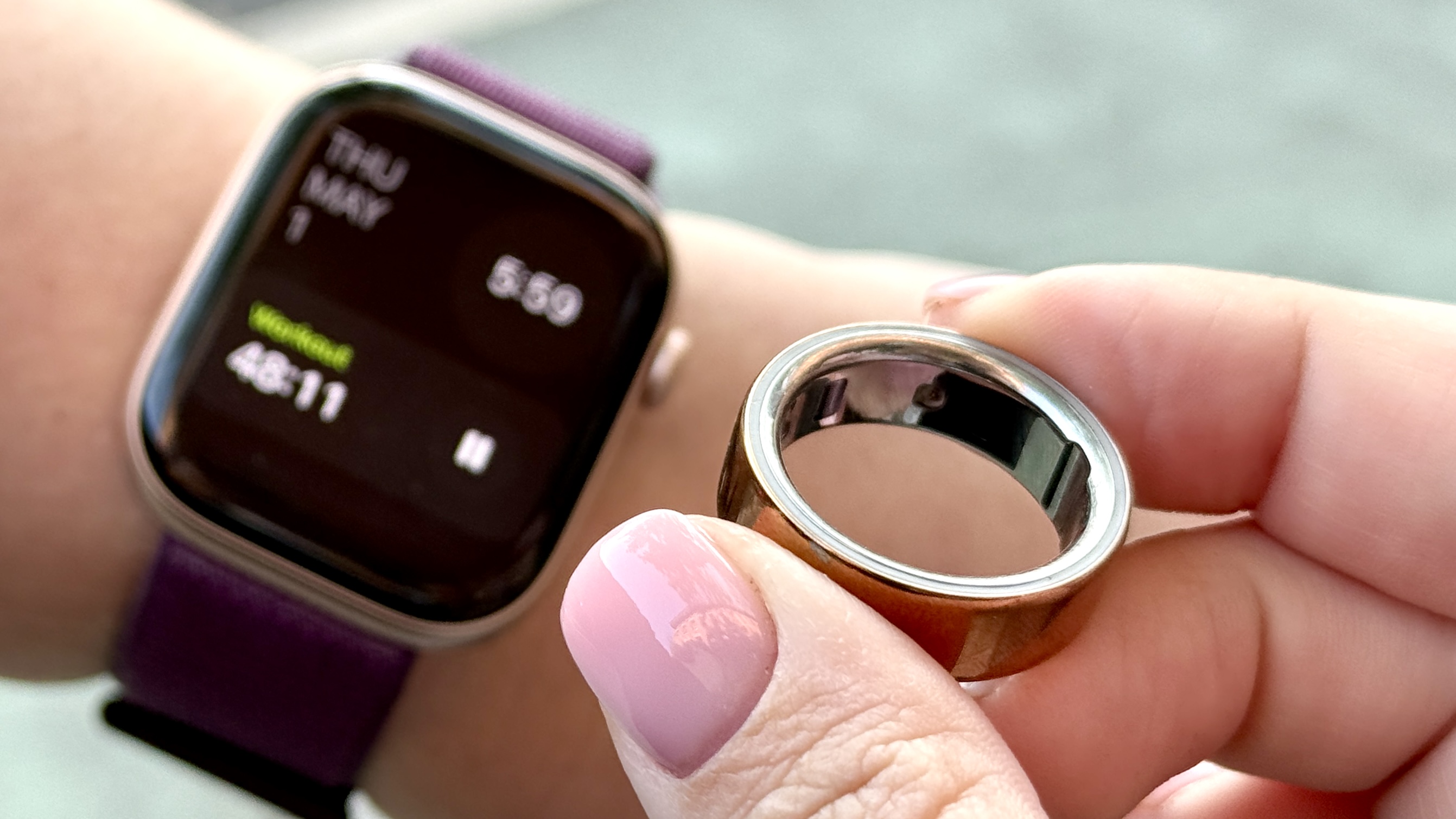5 Reasons You Should Wear Sunscreen Every Day Year-Round

It’s easy to equate damage to your skin from the sun with heat from the sun (after all, it is called a sunburn). But air temperature and the strength of the sun’s ultraviolet rays aren’t always linked. That’s why you want to be aware of the UV Index.
“Temperature is a measure of how hot it is, while the UV index is a measure of how strong the UV rays are,” says Joshua Zeichner, M.D., associate professor of dermatology and director of cosmetic and clinical research in dermatology at Mount Sinai Hospital in New York.
It is true that in the summer, high temperatures and high UV index numbers tend to go hand in hand. But a lot of factors go into the UV index—including your location, altitude, and cloud cover. Looking at that number gives you a more accurate indication of how much you should worry about the sun. “Temperature can be confusing and sometimes misleading,” says Nghiem. “You could be freezing on a ski slope and still get a wicked sunburn.” Regardless of the time of year, the strength of UV rays increases by 2 percent for every 1,000 feet of elevation. So if you live at sea level and you’re hanging out at the restaurant atop a 10,000-foot ski mountain, the sun is 20 percent stronger than you’re used to.
Most weather apps list the UV index. A reading of 1 or 2 is Low, 3 to 5 is Moderate, 6 to 7 is High, 8 to 10 is Very High, and 11 or more is Extreme. You can also search for the UV index at any location in the U.S. on the EPA’s website, or download the agency’s UV index app.
Source link











